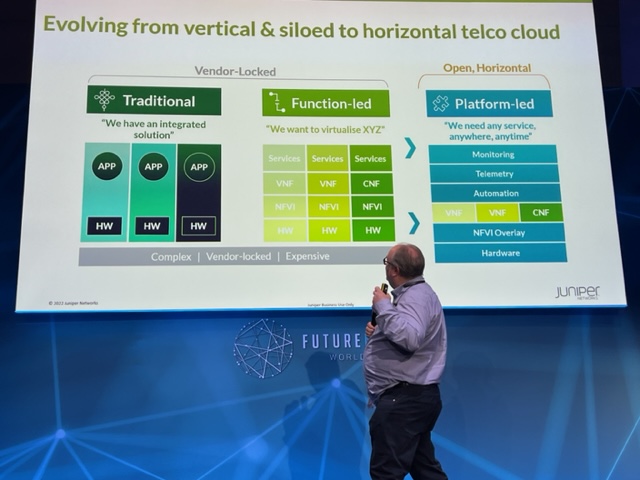Users embrace OpenLight's silicon photonics platform
 Friday, September 13, 2024 at 7:26PM
Friday, September 13, 2024 at 7:26PM OpenLight, the open silicon photonics platform provider, can point to a successful 2024 signing up new customers.

In 2023, OpenLight had three customers bringing photonic integrated circuit (PIC) designs to market. OpenLight has since added 14 more.
OpenLight was formed in 2022 when Juniper Networks carved out its silicon photonics arm. Synopsys acquired a three-quarters stake in OpenLight, while Juniper retained a quarter.
“In the past, the company hadn’t really done any revenue, including when they were in Juniper,” says Adam Carter, OpenLight’s CEO (pictured). “We’ve seen a ten times increase and shown that we can be very profitable.”
The start-up has been creating industry partnerships to better serve its customers' circuit design, chip manufacturing, and packaging needs.








